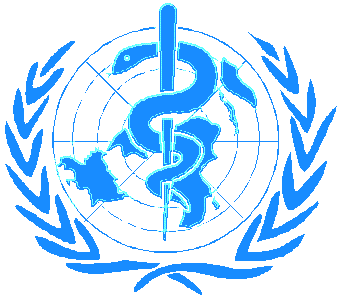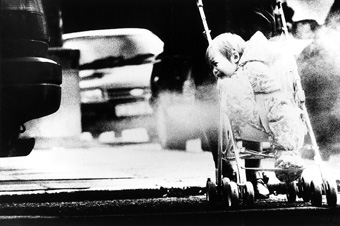 
|
AIR AND
HEALTH
Dispersal of air pollutants
|
 Once in the environment, air pollutants may be
dispersed via air, water, soil, living organisms and food. The
pathways of dispersion vary greatly, depending upon both the
emission source and the pollutant concerned. Rates and patterns
of dispersion also depend to a large extent upon environmental
conditions. Pollution dispersal in the air is affected by many
factors:
Once in the environment, air pollutants may be
dispersed via air, water, soil, living organisms and food. The
pathways of dispersion vary greatly, depending upon both the
emission source and the pollutant concerned. Rates and patterns
of dispersion also depend to a large extent upon environmental
conditions. Pollution dispersal in the air is affected by many
factors:
- meteorological conditions (especially
wind speed, wind direction and atmospheric stability),
- the emission height (e.g. ground level
sources such as road traffic or high level sources such
as tall chimneys),
- local and regional geographical
features,
- the source (e.g. fixed point, such as
a chimney, or a diffuse number of sources such as cars
and solvents).
During dispersion pollutants undergo a wide
array of changes and transfers. Dilution occurs owing to mixing
into the air. Separation or accumulation of pollutants occurs on
the basis of physical characteristics of the pollutant. Chemical
reactions occur, breaking down the original pollutant or
converting it into new compounds. Some pollutants can also be
removed from the transporting medium through deposition, for
example, by settling out under the effects of gravity, by
rainwash or by interception (scavenging) by plants and other
obstructions.
Many pollutants therefore show extremely complex dispersion
patterns, especially in environments such as cities and towns
where there are a large number of emission sources and major
variations in environmental conditions. This complexity means
that it is often very difficult to model or measure pollutant
patterns and trends, and thus to predict levels of human
exposure.
Temporal variations in pollution levels are important. In many
cases long-term trends exist, reflecting underlying changes in
the rates of emission (e.g. as a result of technical or economic
changes, or due to policy intervention). Superimposed upon these
there may be annual variations, reflecting year-to-year
differences in climate or source activity. Many pollutants also
show marked seasonal, weekly and daily patterns, owing to cycles
of activity and short-term climatic and other effects. Major,
short-term pollution episodes may also occur as a result of
sudden, accidental releases.
Therefore measurements of exposure will vary according to when,
where and for how long air monitoring is carried out.



Document Actions
Share with others